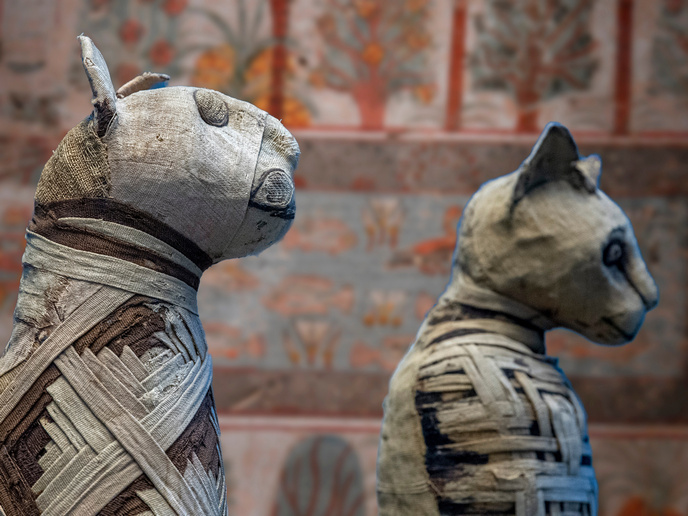Tool that is an archaeologist’s dream
When archaeologists take part in excavations, the pieces of pottery they unearth contain vital clues on how people lived in past eras like the Roman times. But accurately identifying these potsherds can take hours of expert time. EU project ArchAIDE turned to artificial intelligence to develop a mobile and desktop application that can identify ceramics and their origin. “Half to two thirds of the time currently spent on pottery classification could be saved,” says Gabriele Gattiglia, an archaeologist at the University of Pisa, who coordinated the project to develop the software. Users take a picture of the pottery fragment they want to identify, adjust the image with a user-friendly tool and send it off for classification. The system uses either a recognition model based on the images and decoration on the pottery or a second model based on shape recognition, which helps identify pottery types, such as to what vessel the sherd belongs. In a few seconds, the application returns five answers, ordered by a score based on the confidence of the classification system in having found the right answer. Users can click to view information related to the associated type stored in ArchAIDE’s database. “In this way it is possible to verify the accuracy of the answers given by the classifier,” explains Gattiglia.
Long-held dream
Gattiglia and archaeologist colleague Francesca Anichini came up with the application idea about 10 years ago when working as professional archaeologists on digs, but they didn’t have the funding or the know-how necessary to overcome the technical challenges of developing it. It was in 2014 that they sought EU funding after raising the idea with researcher Roberto Scopigno from the Italian research centre CNR ISTI who thought it was feasible. The breakthrough in using artificial intelligence in this way was possible due to an impressive consortium from Germany, Spain, Italy, the United Kingdom and Israel. Archaeologists teamed with engineers and technicians to populate the ceramics database, develop the two neural networks at the core of the system and build the mobile and desktop applications. To train the network to identify sherds correctly, the developers needed hundreds of thousands of potsherds. The project’s archaeologists spent months scouring Europe for them, photographing almost 25 000 fragments. Ingeniously, researchers at Tel Aviv University and the CNR came up with another way to acquire millions more, creating 3D models of pottery vessels from 2D drawings and artificially breaking them in order to have millions of virtual fragments to train the neural network in how to recognise ceramic shapes. The software’s results are impressive: an 83.8 % in the top-5 accuracy rate for the appearance-based recognition model and a 62.8 % rate for shape-based recognition. The partners are now expanding ArchAIDE’s database to make the system even more accurate and to ensure it becomes a go-to resource for researching pottery through the ages. Following the end of the project in May 2019, the MAPPA Lab, a research unit of the University of Pisa, has been pursuing this goal, adding new catalogues and activating national and international collaboration with institutions and research groups around the world to improve the system. “The ArchAIDE applications currently contain only a few ceramic classes, but when that grows it will truly revolutionise archaeology,” concludes Maria Letizia Gualandi, the project’s principal investigator.
Keywords
ArchAIDE, pottery, potsherds, excavations, classifying, database







